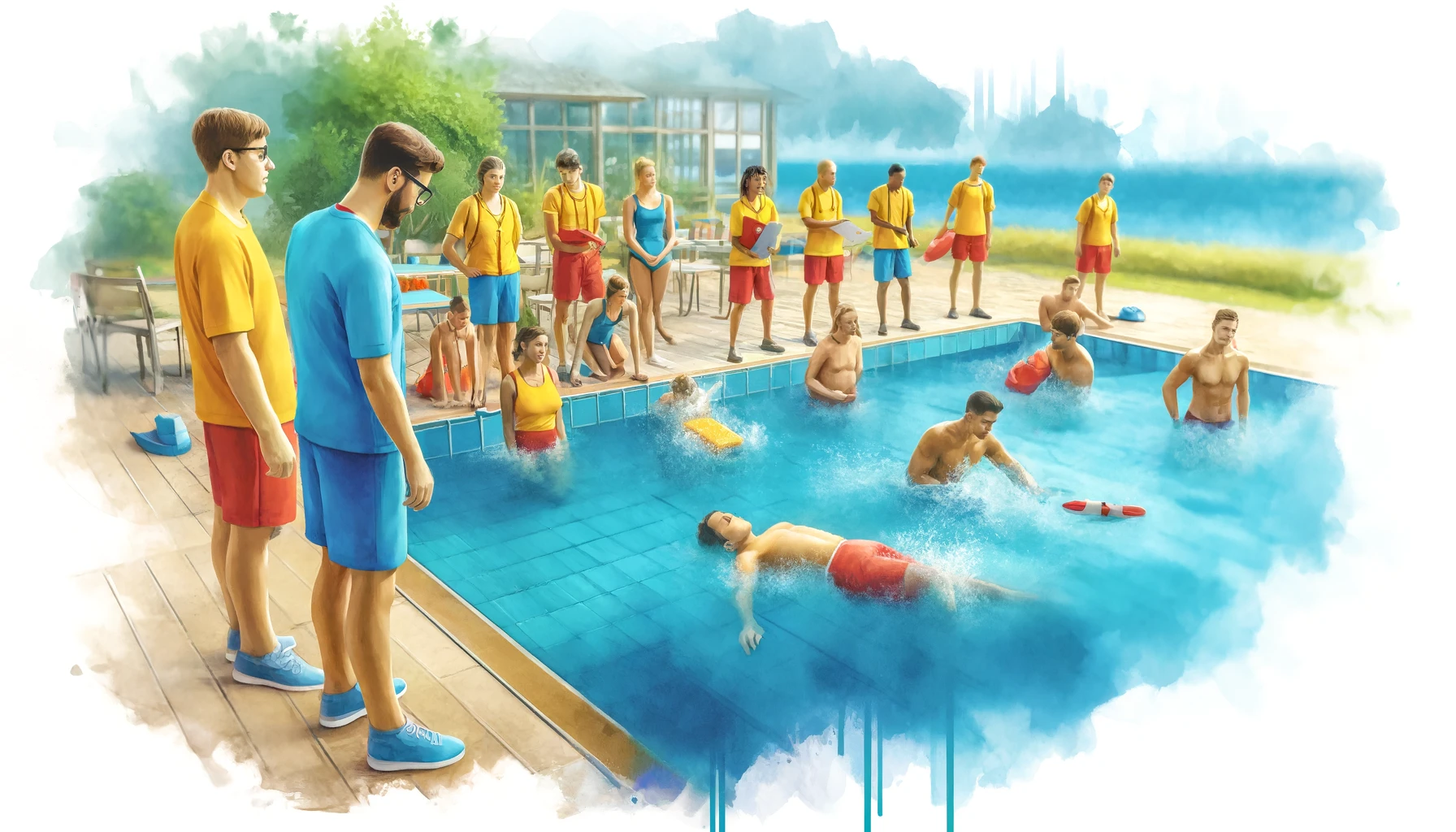
Lifeguard
California Water Safety Priority 7
Goal: To create sustainable and adaptive systems for lifeguards in California.
Action Plan Expanded
The California Water Safety Strategy emphasizes a multi-faceted approach to drowning prevention, with specific actions tailored for lifeguards based on both the strategy document and the American Academy of Pediatrics (AAP) drowning policy statement. Lifeguards play a critical role in executing these strategies through vigilant supervision, immediate rescue response, and ongoing public education efforts.
1. Lifeguards should prioritize continuous and vigilant surveillance to identify and respond to potential drowning incidents swiftly. The California Water Safety Strategy highlights the importance of reducing response times in emergencies. Lifeguards should be trained in early recognition of drowning signs and immediate intervention techniques. This includes understanding the distinct signs of distress and pre-emptive action to prevent drowning, which aligns with AAP’s emphasis on active supervision and prompt response.
2. Lifeguards in-water resuscitation techniques are crucial in lifeguard training. According to the American Red Cross guidelines, in-water resuscitation can be considered feasible and beneficial if performed by well-trained rescuers using appropriate equipment. Lifeguards should be proficient in performing in-water ventilations and using rescue equipment to aid in immediate resuscitation efforts, as recommended by the Red Cross and supported by AAP policies, which stress the importance of early and effective resuscitation to improve outcomes.
3. The use of Automated External Defibrillators (AEDs) is another critical component. The Red Cross guidelines suggest that AEDs should be used as soon as they are available, following initial CPR. This practice is essential in cases where drowning leads to cardiac arrest. Lifeguards should be trained to quickly transition from CPR to AED use, ensuring they are familiar with the devices and comfortable using them in aquatic environments. This approach supports the AAP’s recommendations for comprehensive training in resuscitation techniques and the use of lifesaving equipment.
4. Lifeguards should engage in proactive public education and safety talks. The California Water Safety Coalition underscores the importance of public awareness in preventing drowning incidents. Lifeguards can conduct safety briefings, educate on the proper use of life jackets, and emphasize the significance of supervision, particularly for young children. Educational initiatives should also highlight the use of Coast Guard-approved life jackets and the dangers of swimming without them, as detailed in various safety brochures.
5. Ongoing training and re-certification are essential to maintaining high standards of readiness and response. Lifeguards should participate in regular training sessions that cover the latest rescue techniques, updates in resuscitation protocols, and effective use of new rescue equipment. This continuous education ensures that lifeguards are always prepared to handle emergencies effectively, reflecting the AAP’s focus on preparedness and continual improvement in drowning prevention practices.


